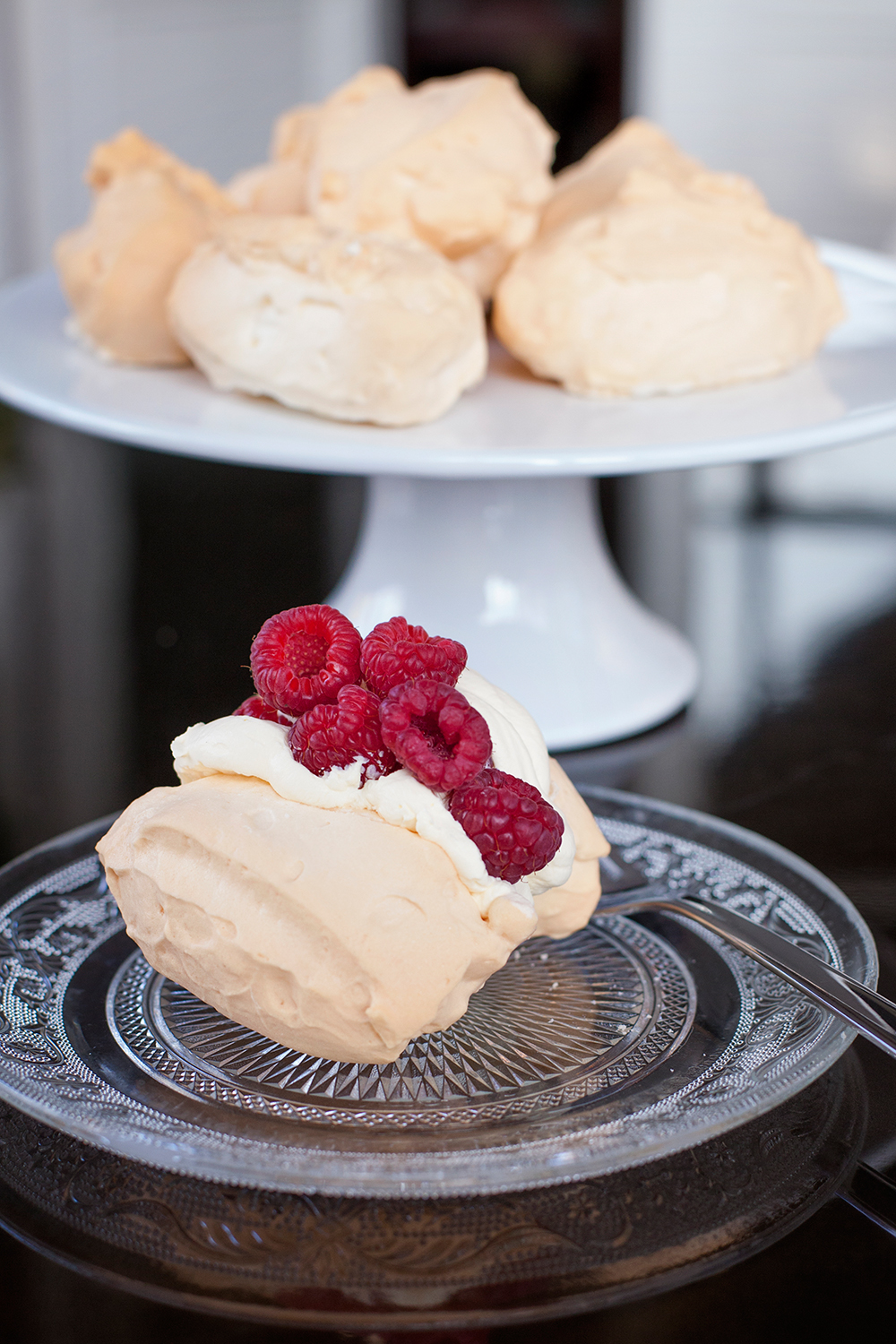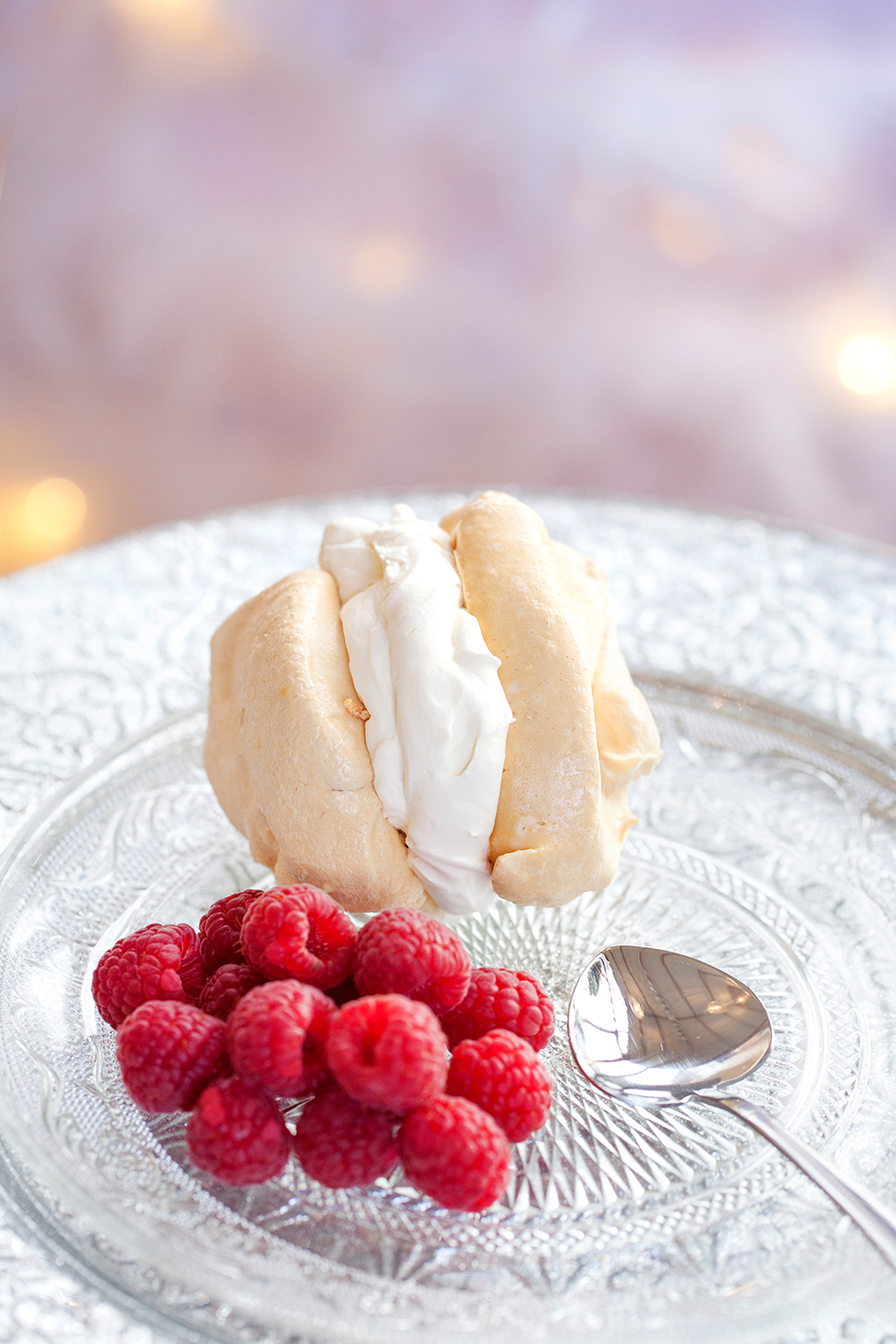In a society that tends to eat a lot of excess sugar and overeat in general, it seems that for the most part I stand alone when it comes to refusing to eat or drink anything with refined sugar added. It’s not easy. Not because I crave sugar - physically and psychologically I have come to loathe the stuff - but because relatively healthy sugar substitutes are not readily available and when I can get hold of them, they’re expensive. Whilst buying low-carb sugar replacements to bake with is nothing like the financial liability of regularly eating out - which I seldom do because the majority of restaurant food centres around refined, non-organic vegetable/seed oils, sugar and grains - they come at a price that make your eyes water!
Furthermore, most alternative sweeteners either don’t taste quite right or don’t behave like ordinary sugar when you cook with them. Amazingly, I recently found one that’s a notable exception: NuNaturels Tagatose is a prebiotic sweetener produced from lactose that is virtually indistinguishable from table sugar in every respect. Tagatose is costly and even more annoyingly, only currently available to purchase from the US. But with half the calories of sugar and a low glycemic index (GI) of just 3 (sucrose has a GI of 65), it doesn’t raise blood glucose and insulin levels in healthy individuals and those with diabetes type-2. It is also believed to stimulate the growth of beneficial intestinal bacteria. All of this seems to make it a ‘goer’ as a low-carb, Primal sweetener. It was my discovery of tagatose that first enabled me to successfully make low-carb meringues that looked and tasted like the real deal. To the best of my knowledge, they were a culinary ‘first’ and, if you’re willing to believe what the producers of tagatose tell you, they smash conventional meringues made with sucrose into the ground. That said, tagatose became irrelevant for the purpose of this blog post because the next time I tried to order some, there was none left in stock.
Disappointed but not dissuaded, I decided the way forward was to purchase NKD Living’s Non-GMO Erythritol sugar replacement sweetener instead. I’d previously seen other peoples’ erythritol meringue recipes posted online but to be honest, it was the pictures of these that originally put me off using erythritol myself. However, beggars can’t be choosers and as I had already challenged myself to feature Zero Sugar Meringues on Primal Plate’s blog, last week I put erythritol to the test. As you can see, the revised version of Zero Sugar Meringues also turned out spectacularly well. Sweet, light and ‘sugary’, erythritol has no aftertaste but does have a slight cooling effect in the mouth. I thought this rather enhanced the eating sensation, which was a bit like biting into an exploding snowball!
Crispy on the outside and meltingly soft in the middle, these crunchy, cloud-like patisseries are a luxurious, hedonistic affair when sandwiched together with lashings of whipped cream and accompanied by fresh, organic raspberries to cut through their sweetness. Never mind the price of tagatose, I’m now on a roll with erythritol. Next up, pavlova!
Because it takes at least 10 minutes of non-stop beating of the egg whites, meringue is best made in a food mixer with whisk attachment. I’ve included the speeds I set my Kenwood Chef at. Otherwise, use a hand-held electric whisk, or if you’re feeling really energetic, a balloon whisk.
Zero Sugar Meringues (makes 8 meringues; serves 4)
Ingredients
2 organic egg whites, at room temperature
¼ teaspoon cream of tartar
100g non GMO erythritol, preferably whizzed in a coffee/nut mill to make it extra fine (like icing sugar)
½ tsp organic vanilla extract, optional
Instructions
Preheat the oven to 130℃ / 250°F / Gas mark ½
Cut a piece of non-stick baking parchment to fit a large baking sheet.
Using a scrupulously clean glass or stainless steel bowl and whisk, beat the egg whites on medium speed (Kenwood Chef number 4) until foamy - takes about 2 minutes.
Add the cream of tartar and continue beating at the same speed for another 3 minutes.
With the beater still running, slowly add the erythritol/tagatose, 1 dessertspoon at a time. When all the sweetener has been incoporated, turn the beaters up a notch (Kenwood Chef number 5) and beat for a further 5 minutes until very stiff and glossy.
Add the vanilla extract, if using and beat 1 minute more.
Remove the bowl and whisk from the mixer stand. Using the meringue left on the whisk attachment, place 4 blobs of meringue at each corner of the baking sheet so that the paper will stay put whilst you’re spooning the meringue on to it.
Bang the whisk attachment sharply against the side of the bowl to remove the rest of the meringue then using 2 metal tablespoons shape the meringue into 8 ovals or mounds on the parchment paper.
Bake in the centre of the pre-heated oven for 10 minutes.
After the first 10 minutes, lower the temperature of the oven to 110℃ and continue baking for a further 20 minutes.
After baking for 30 minutes, lower the temperature again to 100℃ and continue baking for another 30 minutes.
Check their progress after 1 hour. Take the baking tray out of the oven and with a flat palette knife attempt to gently lever the meringues off the parchment paper.
The meringues are ready when they are dry and crisp on the outside, are a pale coffee colour and will peel off the parchment paper easily.
If the meringues are still a little sticky, turn them upside down so that the sticky underside is exposed and bake for a further 10-15 minutes until completely dried out.
Now, leaving the meringues in the oven, turn the oven off and allow them to dry out and cool down completely as the oven cools. N.B. This can take a couple of hours or more with the oven door closed, so make sure you don’t need to use the oven for anything else.
When the meringues are cooled, they will have a crispy shell and they should sound hollow when you tap the bottom.
Store in an airtight container. They will keep for 5 days at room temperature. Do not refrigerate.
When you’re ready to assemble the meringues, generously sandwich two of them together with lightly whipped cream and serve with fresh, organic raspberries.
Notes
The bigger the meringues, the longer they will take to bake. Reduce the cooking time if you’re making mini meringue ‘kisses’.
Tagatose is not suitable for vegans because it’s made from whey, which is a milk by-product. However, since tagatose does not contain lactose, it's okay for the lactose intolerant
A word of caution: Primal Plate does not advise eating any sweetener in high amounts and cannot wholeheartedly recommend any non-nutritive sugar replacements. Whilst non-GMO erythritol and tagatose are thought to pass through the body untouched with virtually zero effect on metabolism/blood glucose levels that doesn’t mean, as is touted by their manufacturers, that they’re natural or healthy.
Nevertheless, I do believe that sweet tasting foods are for most people a highly desirable part of their diet, which is why I cautiously promote non GMO erythritol and stevia as possibly the best “naturally occurring” sugar alternatives for low-carb baking. Pure monk fruit powder is probably better if the recipe allows. Unfortunately, monk fruit powder is a 300x sweeter-than-sugar, mustard coloured powder that cannot easily be incorporated into many desserts. If you’re not doing keto and can take the carb ‘hit’, modest amounts of raw organic honey, maple syrup, ripe bananas, homemade apple sauce or medjool dates are also healthier alternatives to table sugar. Whatever sweetener you choose, learn to cut down on the level of sweetness needed. I strongly advise you to try and dampen down your sweet-tooth by saving Zero Sugar Meringues and other Primal Plate sweet tasting treats for special occasions only.



